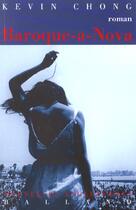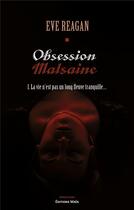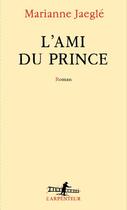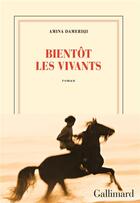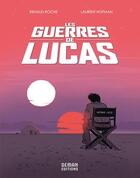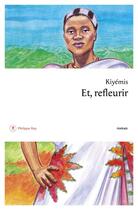-
Nombre de pages : (-)
-
Collection :
(-)
-
Genre :
(-)
-
Thème :
Non attribué
-
Prix littéraire(s) :
(-)
Résumé:
In every sport there are a select few competitors that come to define the excellence that all others must forever aspire to. In the sport of kings, there is one that stands alone. Northern Dancer is not only a Canadian legend, but the cornerstone of his breed. It has been estimated that 70... Voir plus
In every sport there are a select few competitors that come to define the excellence that all others must forever aspire to. In the sport of kings, there is one that stands alone. Northern Dancer is not only a Canadian legend, but the cornerstone of his breed. It has been estimated that 70 percent of the thoroughbreds alive today are his descendants, which includes the majority of the horses running in the biggest races around the world. His offspring received recordbreaking prices on the auction floor. While much has been written about Northern Dancers prepotence as a sire, this book is the only one devoted to his 1964 campaign, which saw him win two of the Triple Crown races in the U.S. and Canadas Queens Plate. In that time, he captured the attention of the world and the hearts of all Canadians. In Northern Dancer, the world-famous horse comes alive through the people whose lives he touched: E.P. Taylor, the visionary industrialist whose web of business placed him at the end of every consumer transaction for every Canadian and made him the subject of scorn; Horatio Luro, the dapper Argentinean trainer (and tango dancer, pilot, and race car driver) who was notorious for his affairs with Hollywood starlets and his tender treatment of horses; and Bill Hartack, a wildly successful jockey whose squabbles with the press and his inability to conceal his unvarnished truth from influential owners and trainers was, by 1964, beginning to affect his career. Using news clippings from 1964 and interviews, this book offers novelistic detail not only on the remarkable 1964 Triple Crown and Queens Plate races, but also revisits, fifty years later, the era in which Canada was struggling to establish an identity, needing, more than anything, a national hero.
Donner votre avis




